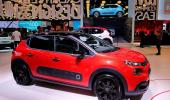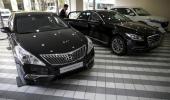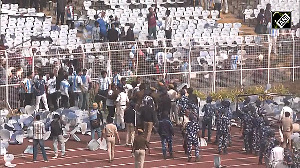'SUV is a very intensely fought category, unlike hatchbacks and cars.'
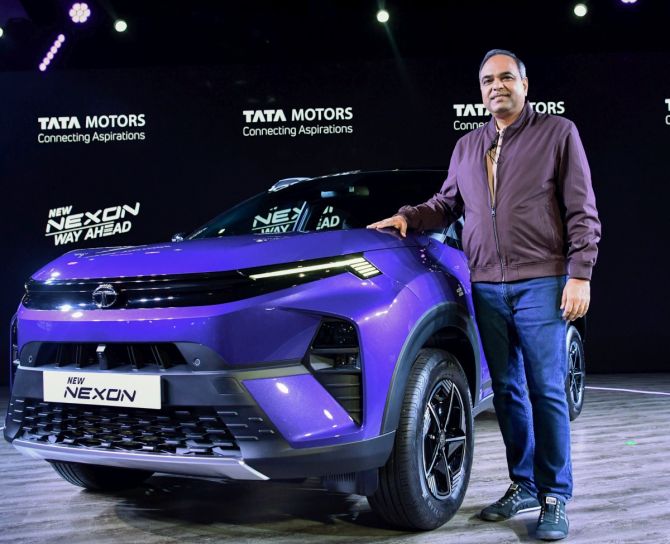
In line with the industry trend, Tata Motors unveiled the updated versions of its popular sports utility vehicles -- the Safari and the Harrier.
Speaking on the sidelines of the launch in Chennai, Shailesh Chandra, managing director, Tata Motors Passenger Vehicles and Tata Passenger Electric Mobility, spoke to Shine Jacob/Business Standard about the future of SUVs, the electric vehicle industry, and other issues.
You have come up with new versions of the Safari and the Harrier. What was the thought behind launching their diesel models only?
This segment is about 16,000 units a month. Diesel vehicles account for nearly 80 per cent of the sales.
There is a high preference for diesel, at least in the high-end SUV segment.
So, we focused on diesel (SUVs) because people love them due to a very good torque performance and high fuel efficiency.
We realise that petrol will also grow and it gives you a more affordable price point. Therefore, we have started the development of a 1.5 litre GDi engine.
It will not be coming in the near future and may take beyond one year.
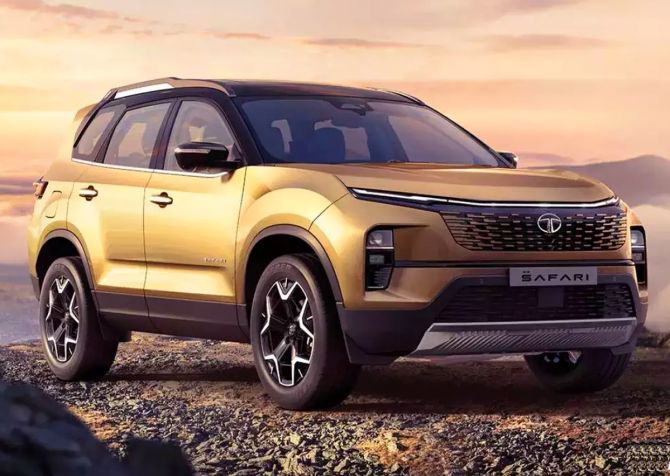
About 52 per cent of the passenger vehicles sold in September were SUVs. Do you think the trend will continue?
We have been hovering around 18 to 23 per cent share.
This (SUV) is a very intensely fought category, unlike hatchbacks and cars.
It also depends on the number of launches by players. For six-seven quarters, we were number one in this category.
Our focus has been that each of our SUVs is on the top in its respective category.
The Punch is number one in its category; the Nexon is number one in its category and among all SUVs; and then you have the Harrier-Safari combo, which is number two. All are doing well.
We will come up with the Curvv and the Sierra in both EV and ICE (internal combustion engine) categories in 2024 and 2025, respectively.
You are focusing a lot on EVs, but facing competition too. How are you seeing the market growth?
We have strong potential. With competition, our market is also growing.
We would always be at a growth rate of above 50 per cent. Last year, on average, we sold 11,000-12,000 EVs a quarter.
In the last two quarters of this year, we saw sales of 19,000-20,000 units each. Sales have grown despite rising competition.
The focus on charging infrastructure will be crucial. The government should also make a push.
What steps are being taken to tide over EV infrastructure bottlenecks?
We are in discussions with the government, so that OMCs (oil-marketing companies) and other players are pushed to install about 22,000 chargers they were planning to come up with.
Going forward, we will see a lot of very long-range vehicles.
If you are able to unleash common chargers for different residential complexes, that should also give a lot of comfort.
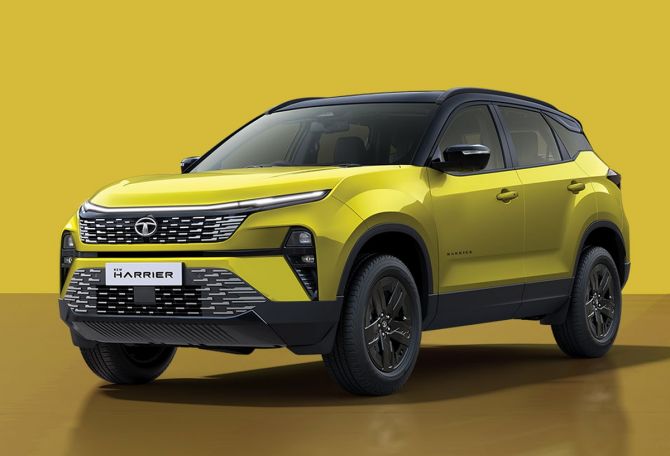
What is your strategy for localisation of EVs?
Tiago localisation was at 60 per cent and we got a PLI (production-linked incentive) certificate for that.
Our aim is that we should not stick to what is the requirement of PLI, but keep enough headroom.
We are also aware that the group is also investing into cell manufacturing through Agratas Energy Storage Solution. That will be a big thing, so deeper localisation is the way forward for us.
In the first quarter of the calendar year, Tata Motors' sales numbers were high. However, they seem to be coming down. What are the reasons for this?
In the first quarter, our market share was around 14 per cent. We had been selling around 140,000 cars a quarter, which we did in Q2 as well.
We were impacted during the quarter as we brought down the production of the Nexon, Harrier and Safari deliberately because we were transitioning to new models.
The Nexon, which had been selling 16,000 units, was brought down to 8,000.
The Harrier-Safari combine also sold around 4,500 units, which was brought down to around 2,200 units. However, other cars compensated for this.
Punch sales went up from 10,000 to 14,000 during the quarter, and the Altroz went up from 6,000 to 8,000.
On the other hand, the Tiago and the Tigor sustained their numbers.
There is no fall in volume, but there is a fall in market share because of the loss of outgoing models, which I think should come back.=
What do you think the updated versions of the Harrier and the Safari mean for Tata Motors as a company?
The Safari is an iconic brand. In 2021, we thought we should reimagine this brand so that it continued as a modern SUV.
On the other hand, the Harrier is based on the D8 platform from Land Rover and started a new trend in the SUV segment in 2019, where it brought the aesthetics, stance and in-cabin experience closer to what you get in high-price SUV or a premium SUV, appealing to the young achievers.
Since then, both these products have been doing very well and we have sold around 165,000 units.
They have become better in every aspect -- technology, comfort, and safety. A lot of comfort features are there, but what has gone to the next level is safety.
Feature Presentation: Rajesh Alva/Rediff.com


